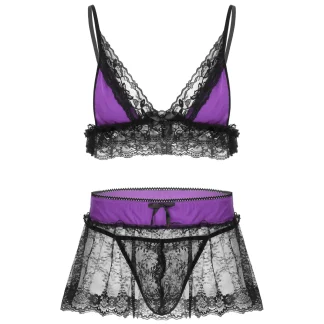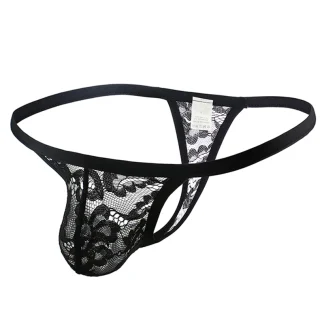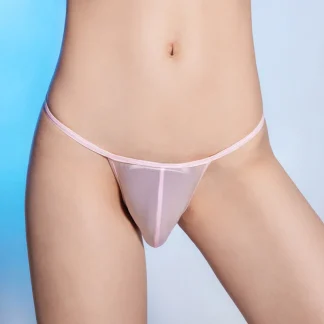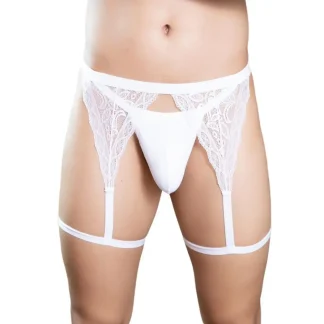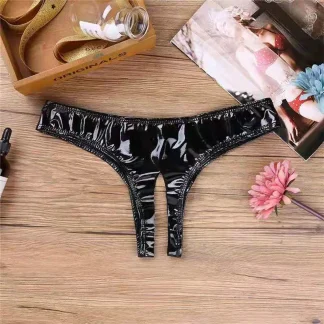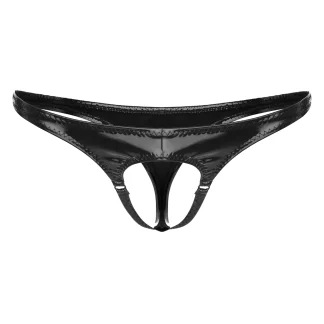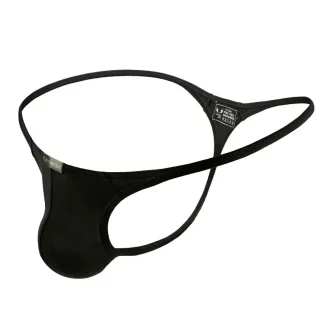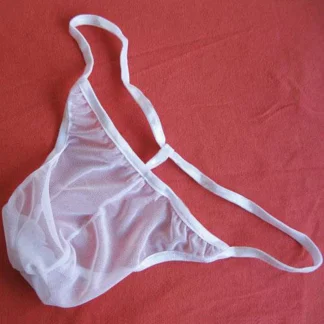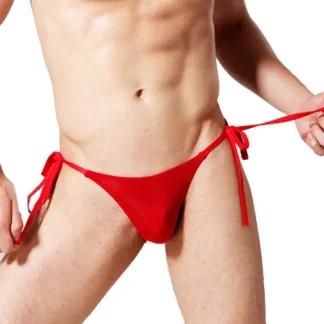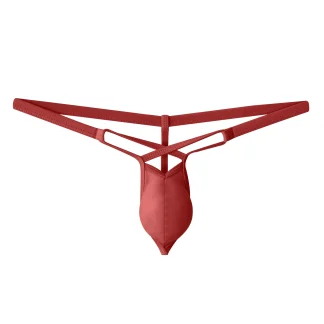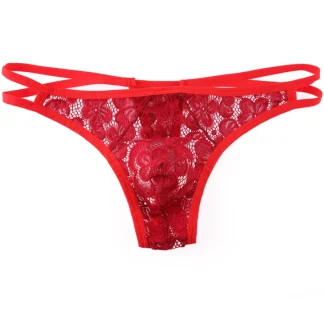Unveiling the Allure of Thongs: A Journey Through History and Culture
Embrace the daring and elegant essence of thongs, an iconic piece of lingerie that has redefined comfort and style. Known for their minimalistic design, these products provide an alluring blend of coverage and freedom, making them a favorite choice for everyday wear and special occasions. Explore the rich history and cultural significance of these items, and discover why they have become a staple in modern wardrobes.
The Origins of Thongs: A Historical Perspective
The origins of these items can be traced back to ancient civilizations, where similar garments were worn as early as 3000 BC. In ancient Egypt, men and women donned loincloths that closely resembled modern products, showcasing the body while allowing for freedom of movement in hot climates. However, these items as we know it today emerged in the 1930s in the United States, initially designed for women to wear under swimwear.
The design gained popularity in the post-war era, particularly during the 1960s and 1970s, when it became synonymous with the burgeoning sexual liberation movement. Thongs offered a way to embrace sensuality while maintaining a sense of modesty, appealing to those looking to make a statement. As fashion evolved, so did these pieces, transforming into a symbol of femininity and empowerment.
Interestingly, the concept of minimal coverage is not unique to these pieces. Similar styles have appeared in various cultures throughout history. In Brazil, for instance, the "fio dental," a type of these pieces, became a beachwear staple, embodying the country's vibrant culture and body-positive attitude. This cross-cultural influence further enriched the design and acceptance of these products in mainstream fashion.
Cultural Impact: Thongs in Society
Thongs have become an integral part of lingerie culture, often associated with confidence and allure. Their rise to popularity has led to the emergence of various styles, including G-strings and Brazilian cuts, catering to diverse preferences and body types. In pop culture, these products have been celebrated in music, film, and fashion, becoming a symbol of modern sexuality and self-expression.
The perception of these items varies across cultures, with some viewing them as provocative while others embrace them as a fashionable choice. In recent years, these products have gained acceptance as everyday wear, often paired with form-fitting clothing to avoid visible panty lines. The evolution of societal norms regarding body positivity and self-acceptance has further contributed to the widespread popularity of these items.
Thongs are not just a personal choice; they often reflect broader societal attitudes towards sexuality and the body. In many cultures, wearing a item can signify confidence and empowerment, while in others, it may still be viewed as taboo. The increasing visibility of diverse body types and the celebration of different forms of beauty have played a significant role in normalizing products as a wardrobe staple for individuals of all shapes and sizes.
The Design and Features of Thongs
The design of these pieces are characterized by their minimalistic approach, featuring a narrow back and a small front panel that offers minimal coverage. This design allows for maximum comfort and breathability, making them an ideal choice for layering under various outfits. The construction typically includes soft, stretchy fabrics that contour to the body, providing a second-skin feel.
Modern thongs come in a variety of styles, fabrics, and colors, allowing individuals to express their personality and preferences. From lace-trimmed options to seamless microfiber designs, there’s a item for every occasion. The variety of choices ensures that these pieces can be both functional and fashionable, appealing to a wide audience.
In addition to aesthetics, functionality remains a key aspect of item design. Many products feature adjustable sides, innovative waistband designs, and various cuts that enhance comfort and support. These features cater to the diverse needs of wearers, ensuring that these items are suitable for different body types and preferences.
Thongs in Modern Fashion: Embracing Versatility
In contemporary fashion, thongs have transcended their origins as mere undergarments. They have become a prominent feature in lingerie collections, showcasing innovative designs and high-quality materials. Fashion designers often incorporate these products into their runway shows, highlighting their versatility as both intimate apparel and statement pieces.
The rise of athleisure and casual wear has also influenced these items market, with brands creating comfortable and stylish options that can be worn under activewear or casual clothing. The popularity of high-waisted pants and fitted dresses has led to a renewed interest in these items, as they offer a seamless silhouette without compromising on comfort.
Moreover, the intersection of lingerie and fashion has given rise to a new category of outerwear that embraces thong visibility. Fashion-forward individuals now experiment with layering and styling, incorporating these items into outfits that showcase their unique flair. This trend represents a shift towards body positivity and confidence in personal style.
Choosing the Right Thong: Comfort Meets Style
When selecting a item, consider factors such as fit, fabric, and occasion. Comfort is paramount, so choosing a product that fits well and is made from soft, breathable materials is essential. Different styles cater to various needs; for instance, G-strings are perfect for minimal coverage, while Brazilian product offer more fabric while still maintaining a flattering cut.
Additionally, personal style plays a crucial role in choosing the right thong. Whether you prefer bold colors, intricate lace, or classic neutrals, the options are endless. Finding a piece that complements your wardrobe can enhance your confidence and make a statement, no matter the occasion.
Consider your daily activities when selecting a product. For instance, seamless options may be preferable for workout wear, while lace-trimmed items can elevate an outfit for a night out. Having a diverse collection of these pieces tailored to different occasions allows for versatility and comfort in any wardrobe.
The Future of Thongs: Innovation and Sustainability
As the fashion industry evolves, so too does the thong. Innovations in fabric technology are leading to new materials that offer improved comfort, moisture-wicking properties, and eco-friendliness. Sustainability is becoming increasingly important, with brands exploring ethical production methods and using organic materials in their collections.
The future of these items promises a blend of style, comfort, and environmental consciousness. As consumers become more aware of their choices, brands will continue to adapt, ensuring that these items remain a fashionable and responsible option for individuals seeking both comfort and style. This commitment to sustainability reflects a broader trend in the fashion industry, prioritizing ethical practices and transparency in production.
Additionally, the trend of personalization is gaining traction. Brands are increasingly offering customizable options, allowing customers to choose their styles, sizes, and even add personal touches. This level of personalization enhances the experience of wearing thongs, making them not just a garment but a reflection of individual style and identity.
Conclusion: The Enduring Appeal of Thongs
These options have come a long way from their humble beginnings, evolving into a symbol of confidence and empowerment in modern fashion. Their unique design offers comfort and freedom, making them a popular choice for individuals seeking both style and functionality.
With a rich history and a bright future, thongs continue to capture the hearts of many, proving that this simple garment can carry profound significance. Whether worn for practical reasons or as a fashion statement, these pieces remain a timeless addition to any lingerie collection, embracing the essence of femininity and self-expression.
As society progresses towards greater acceptance of diverse body types and styles, these items are poised to remain a staple in wardrobes worldwide. Their enduring appeal lies not just in their aesthetic value but also in their ability to empower individuals to embrace their bodies and express their unique identities.
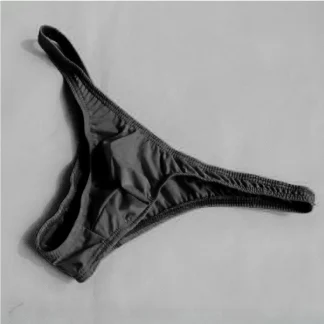
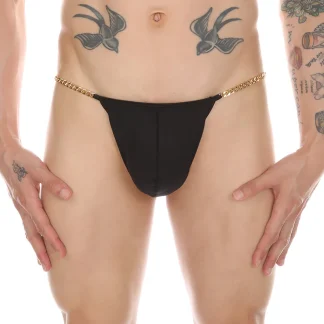
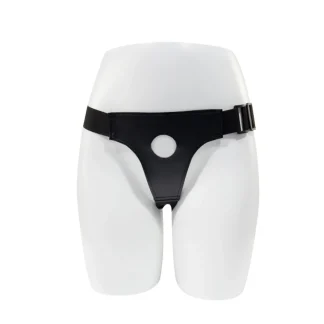
 + 3
+ 3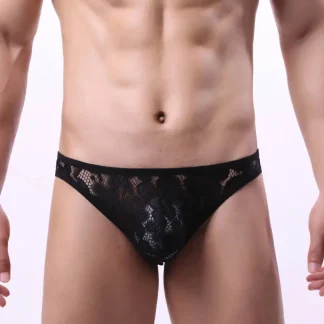
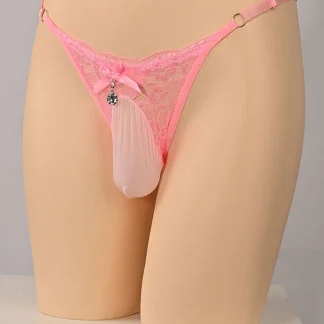
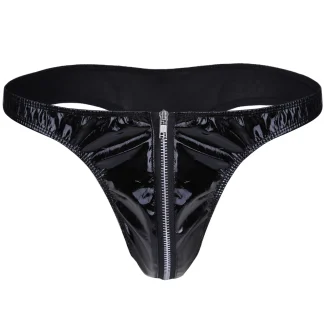

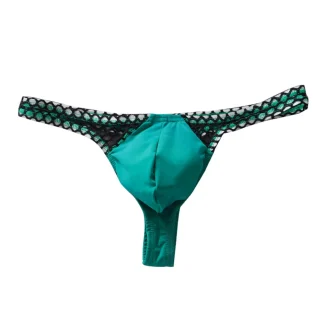
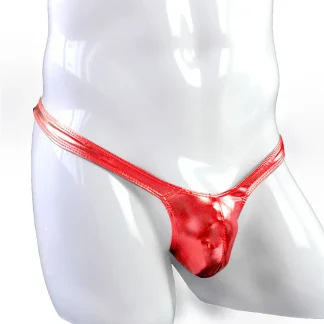

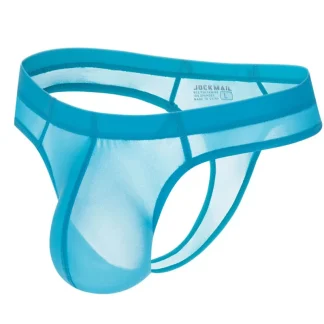
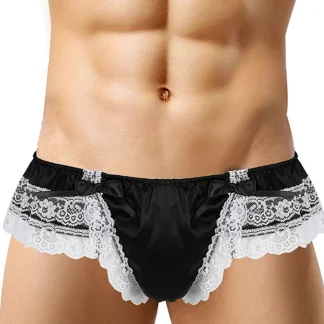
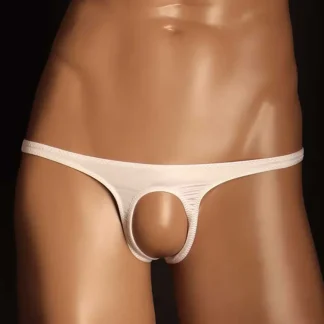
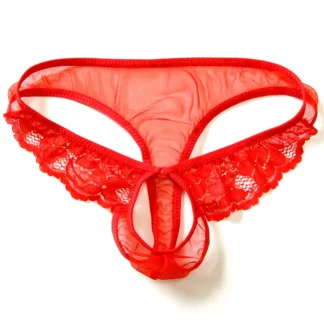

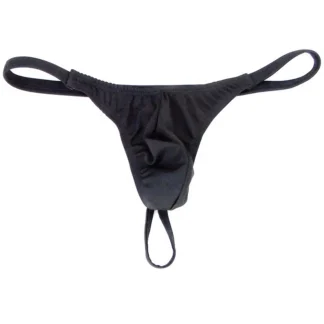
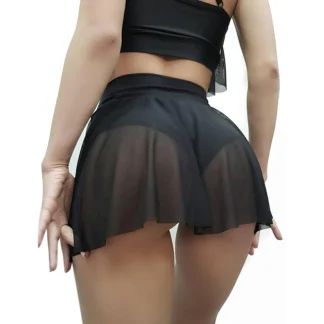
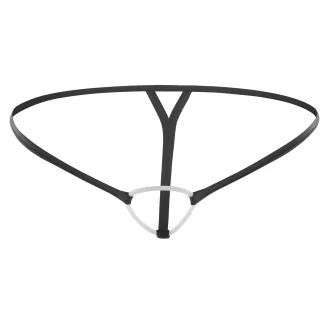


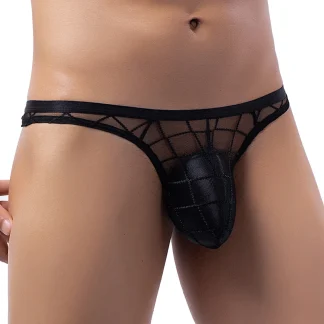
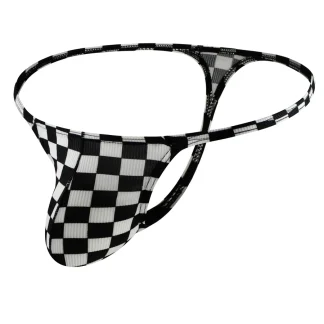

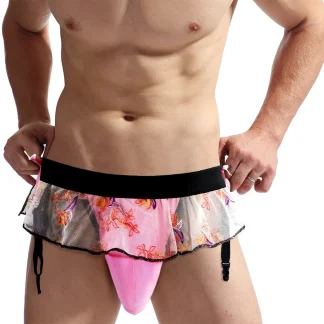
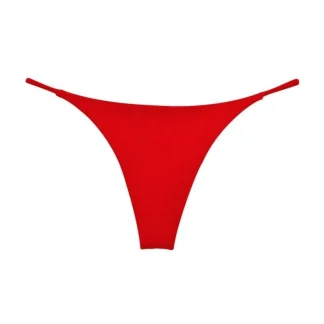 + 1
+ 1